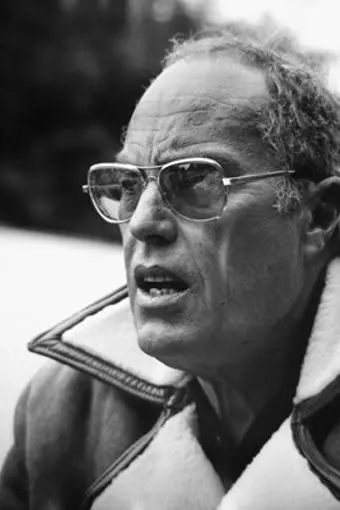Write an article
Create a list
Publish a column
Upload a video

Log in
My channel
Settings
Invite friends
English


Info mistake?
Biography
John Sturges was an American film director, mostly remembered for his outstanding Western films. In 1992, Sturges was awarded a Golden Boot Award for his lifelong contribution to the Western genre. Sturges was born in the village of Oak Park, Illinois, within the Chicago metropolitan area. By 1930, the village had a population of 64,000 people. Sturges started his film career in 1932, as a film editor. During World War II, he started directing documentaries and training films for the United States Army Air Forces. Sturges made his directing debut in 1946, in the drama film "The Man Who Dared" (1946) by the studio Columbia Pictures. The film's protagonist frames himself for murder, in order to prove that innocent people may be convicted by circumstantial evidence. His next film project was the film noir "Shadowed" (1946), about a corpse being found in a golf club, and how an innocent man finds his life threatened by a gang leader. Sturges' last film of the year was the crime drama "A
Awards
See moreKnown For
Filmography